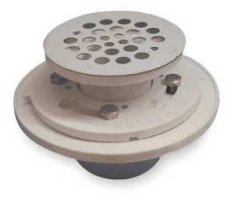Larbo
New Member
A few years ago we had the pan replaced and the bottom half of the shower re-tiled. A hole had apparently opened up unnoticed in the corner of the floor (broken grout) and, along with now there is a constant suphur'y smell coming from it. Besides fixing the grout, should I treat this somehow (for smell, health and pan integrity concerns)? How would I do that?
BTW- Instead of a mopped pan, this contractor installed a "cutting edge" German rubber/neoprene sheet system instead.
I am thinking about drilling a small hole in the floor through the open grout in order to partially drain the collected/smelly water (via small tube and syringe), inject it with hydrogen peroxide, then seal the grout back up. Maybe use a mold proof caulk?
Any suggestions short of replacing the pan would be greatly appreciated.
Thanks, Lar
BTW- Instead of a mopped pan, this contractor installed a "cutting edge" German rubber/neoprene sheet system instead.
I am thinking about drilling a small hole in the floor through the open grout in order to partially drain the collected/smelly water (via small tube and syringe), inject it with hydrogen peroxide, then seal the grout back up. Maybe use a mold proof caulk?
Any suggestions short of replacing the pan would be greatly appreciated.
Thanks, Lar

